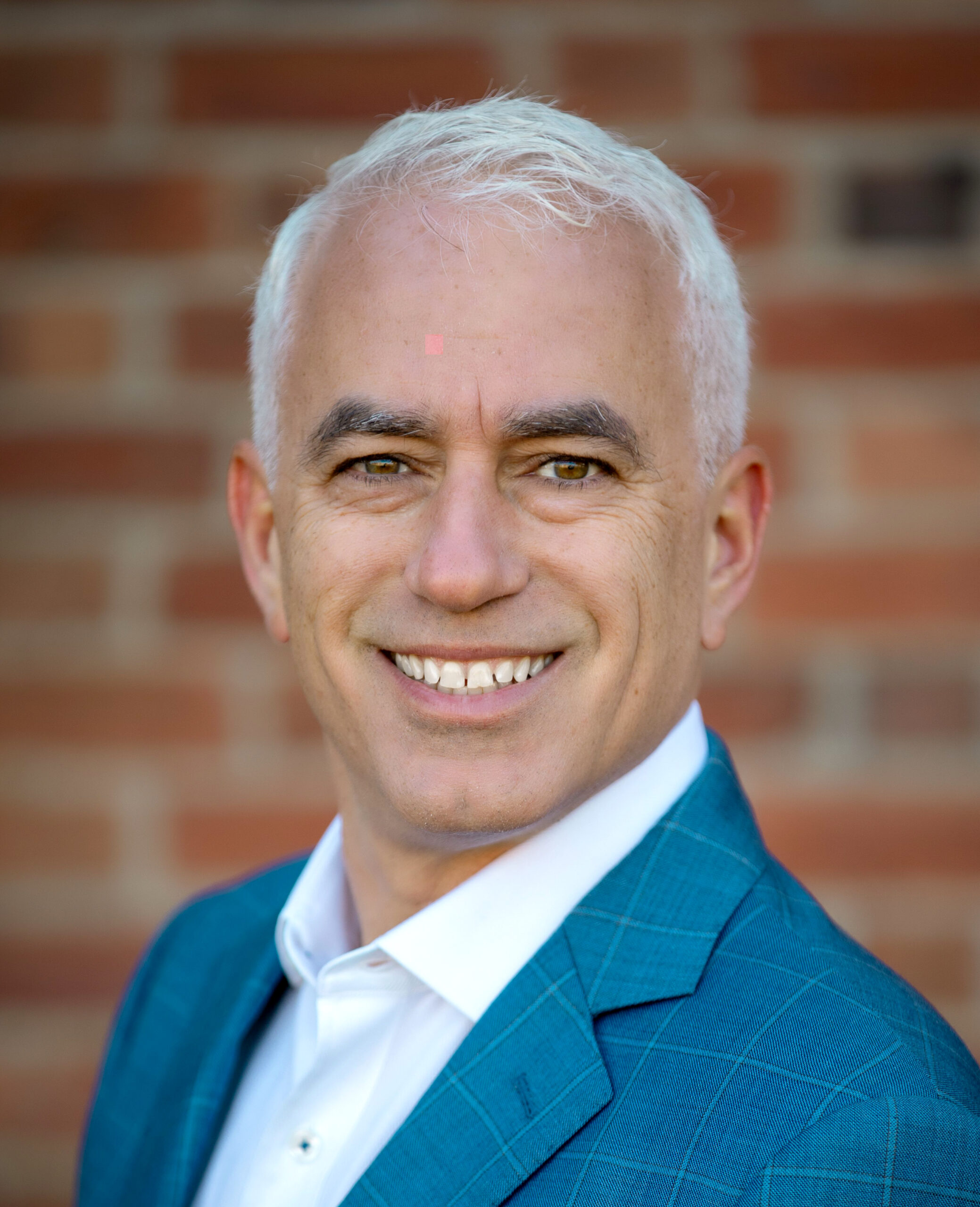The risks and the challenges
by Jeffrey Scott, Landscape Industry Consultant
Much of the industry is challenged when hiring new employees. Too many are inconsistent, unreliable, or worse.
If only you could attract a superstar instead?
Ah, careful what you wish for.
A recent survey by Thomas International revealed that 60% of new hires don’t work out—not because they lacked skills, but because they lacked direction, context, and structure. In short, they weren’t set up to succeed.
That stat should make every business leader sit up straight.
It also reveals a surprising truth: even superstar employees fail without a clear game plan.
High performers, high risk
Hiring a superstar can feel like a breakthrough. But it comes with its own risks.
Just because someone is sharp, motivated, and experienced doesn’t mean they need less care and structure when they join your team. In fact, the opposite is often true.
The more horsepower they bring, the more guidance they need to avoid roaring off in the wrong direction.
“I don’t have time to babysit them”
It’s a common belief: senior-level hires should be self-directed and need less handholding. But left to their own devices, these talented individuals can go off course:
> Making decisions without full context;
> Launching initiatives that don’t align with priorities or values; and
> Moving too fast, stepping on toes and breaking things.
Their instincts are strong—but their understanding of your culture, clients, and internal dynamics is limited.
The missing piece: a clear framework
Here’s what we’ve learned from working with top-performing teams:
> Strong people do better with a solid framework of objectives and key metrics.
> Call it monthly metrics, quarterly rocks, or a scorecard—it doesn’t matter. What matters is giving new hires:
> Clarity on what success looks like;
> Visibility into how their role connects to team and company goals; and
> Regular accountability to keep them aligned and supported.
High performers get up to speed faster and perform better when they’re plugged into a goal-setting framework with regular check-ins to support cultural onboarding.
A real example: A controller left drifting
One of our clients hired a sharp, strategic-minded controller. But instead of laying out a clear plan, they handed her a login and said, “You know the software—get to work.”
She did… but without direction or structured goals, her early weeks were filled with guesswork and frustration. She felt underutilized and disconnected.
Fortunately, we caught it early and did an onboarding “restart.” With clear goals, regular conversations, and better integration, she quickly regained momentum and began delivering the impact she was hired for.
Your challenge:
Do you focus on hiring first?
Or getting your team in alignment first?
Building an A-level leadership team is a process, it can take years, and yet you want faster results.
On the one hand you need to get your current team in better alignment, on the other hand you need a catalyst on your team to help everyone level up.
It can feel like a chicken-and-egg scenario.
Do you build a framework first—or hire better people first?
The answer: start with what you have, meet your people where they are.
Align your current team with a clear framework of objectives, priorities and metrics. Simultaneously, look to upgrade and bring in stronger talent. That way, your next A-player has a better chance of success and integration, but don't wait, do "both/and."
With that in mind, strategic planning is critical to bring your team into alignment. Don’t wait for winter. Start now. It will give you clarity on your next important hire.
You got this!
Regards, Jeffrey "the A team" Scott
P.S. If you would like help leveling up your team, and building a roadmap to success, reach out to us and we can discuss your goals and next steps.



